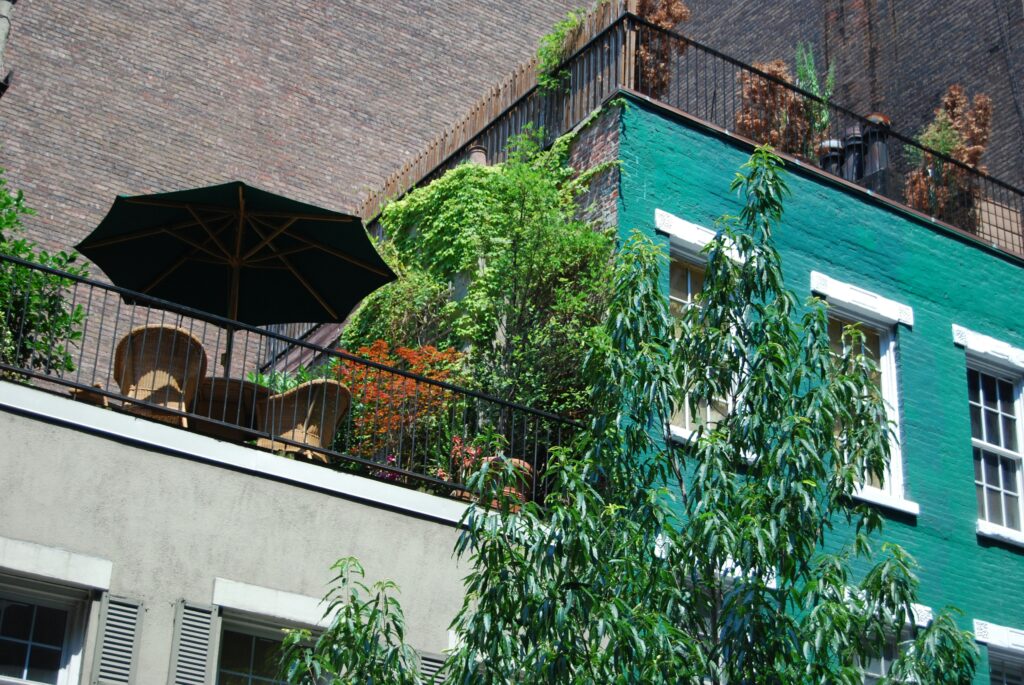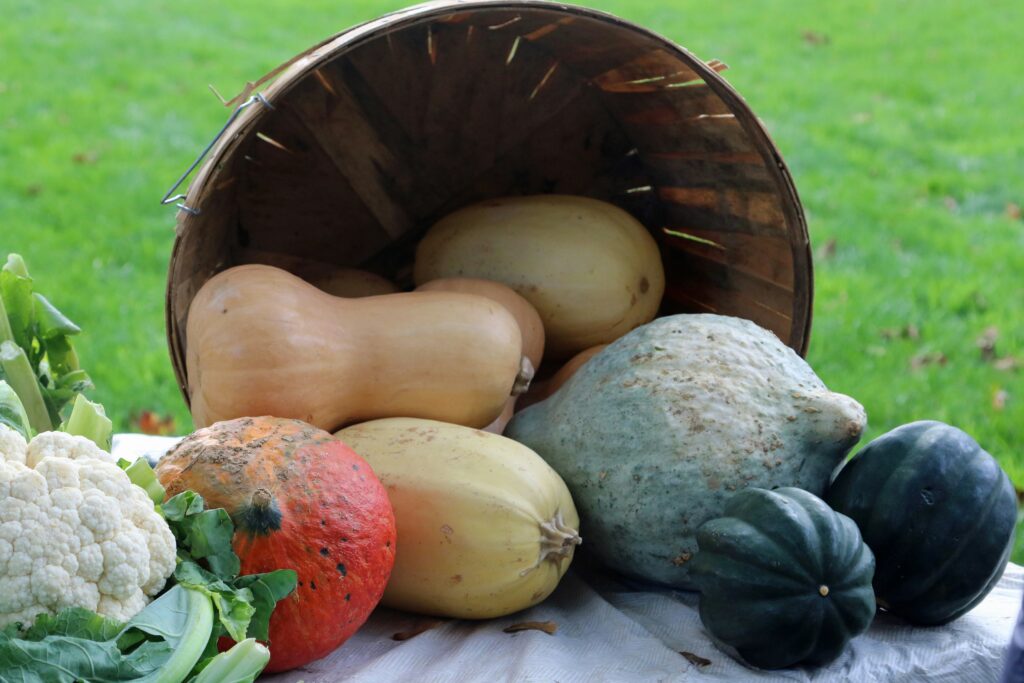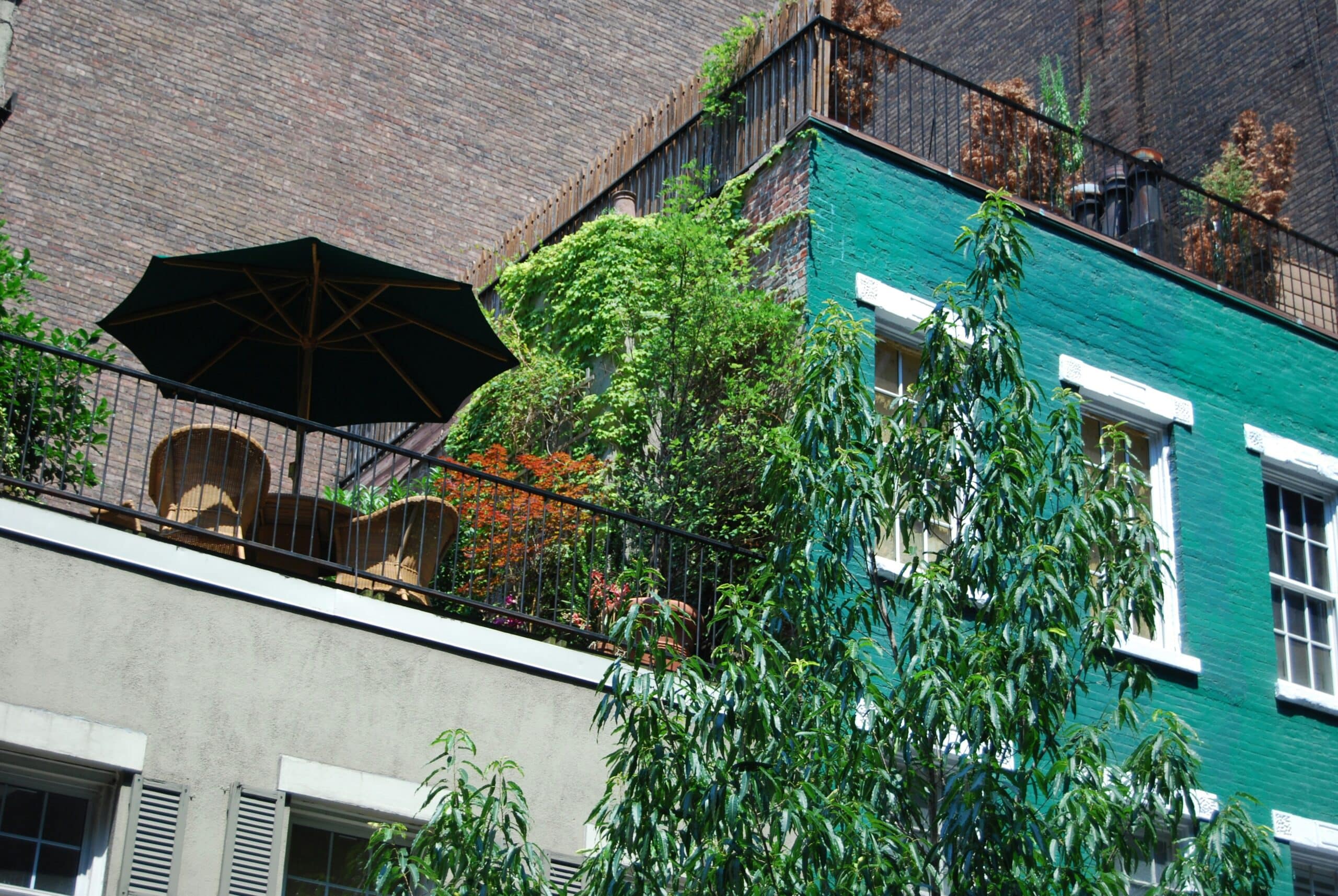Anúncios
However, with the right approach, even your small balcony can transform into a goldmine for organic waste management, without upsetting the neighbors. This detailed guide, “Secrets of Balcony Composting: How to Go Green without Bothering the Neighbors! Learn the Low-Key Way to Turn Your Waste into Gold” will unravel the mystery behind creating a successful composting system on your balcony.

The benefits of composting are immeasurable, from reducing the amount of waste ending up in landfills to creating nutrient-rich soil for your plants. But, the perceived complications and fear of creating unpleasant odors can be a deterrent for many. Rest assured, this post will lay out an easy and efficient balcony composting method that will not only keep the neighbors happy, but also help in making your small contribution to Mother Earth.
Anúncios
The journey to a greener lifestyle is one that requires patience, commitment, and the right knowledge. Let this guide be your companion in the endeavor. Prepare to delve deep into the world of balcony composting, as we explore everything from the right composting materials and techniques, to dealing with common composting challenges, and turning your waste into gardening gold. Stay tuned, because this is not just a guide, it’s the first step to your sustainable lifestyle.
Understanding the Biological Process of Composting
At its core, composting is nature’s way of recycling. Organic materials such as kitchen scraps, garden clippings, and paper products are broken down by microorganisms into a dark, soil-like substance rich in nutrients. This process is driven by microbial activity and enhanced by environmental factors such as heat, oxygen, and moisture. The result is a natural fertilizer that improves soil structure, enhances plant health, and reduces the need for synthetic inputs.
Anúncios
This transformation does not happen overnight. Instead, it unfolds in a carefully orchestrated sequence of biological stages that maximize nutrient recovery and minimize waste. Composting is both a science and an art, and understanding the underlying principles can help balcony gardeners manage their bins more effectively.
The Three Stages of Composting: A Deeper Look
Mesophilic Phase
The mesophilic phase marks the initial stage of composting. Mesophilic organisms, which thrive at moderate temperatures between 20°C and 40°C, begin to feed on the easily digestible organic materials such as sugars and starches. This activity generates heat, initiating the internal warming of the compost pile. During this phase, you may notice a rise in temperature, which signals that the microbial community is active and decomposition is underway.
Thermophilic Phase
As microbial activity intensifies, temperatures within the compost pile can climb as high as 70°C. This thermophilic phase is essential for breaking down more complex organic molecules, including cellulose and proteins. The high heat also plays a critical role in sanitizing the compost. Pathogens and weed seeds are destroyed, making the resulting compost safe for use in vegetable gardens and houseplants.
Maintaining high temperatures requires a balance of materials, aeration, and moisture. Turning the pile regularly helps ensure even heating and continuous microbial activity. In balcony compost bins, this can be managed with hand tools or bin rotation depending on the design.
Maturation Phase
As the supply of easily degradable materials diminishes, the compost pile enters the maturation phase. Microbial activity slows, and the temperature gradually declines. This is a stabilization period, during which complex organic molecules are converted into humus—a stable, nutrient-rich substance that resists further decomposition. Humus is what gives finished compost its dark color, crumbly texture, and earthy aroma.
Allowing your compost to fully mature before use is essential. Immature compost may contain phytotoxic compounds that can harm sensitive plants. Maturation ensures that all biological activity has subsided and that the compost is safe, stable, and beneficial for plant growth.
Factors Affecting Microbial Activity
Microorganisms are the driving force behind composting. Bacteria, fungi, actinomycetes, and protozoa work in tandem to break down organic materials. To support these microorganisms, environmental conditions must be carefully maintained. Four key factors influence their performance: temperature, moisture, oxygen, and material composition.
Temperature Control
Temperature fluctuations can either accelerate or inhibit composting. Too cold, and microbial activity slows. Too hot, and beneficial microbes may die off. Maintaining an internal bin temperature within the range of 54°C to 65°C during the thermophilic phase ensures both rapid decomposition and pathogen control.
Balcony composters can monitor temperatures with a long-stem compost thermometer. Covering the bin during cold weather or insulating it with blankets or bubble wrap can help retain heat.
Oxygen Availability
Composting is typically an aerobic process, which means it requires oxygen. Oxygen is needed by microbes to digest organic matter and convert it into compost. Inadequate airflow leads to anaerobic conditions, where decomposition still occurs but with unpleasant side effects such as sour smells and harmful byproducts like methane.
To ensure aerobic conditions, compost should be turned or aerated regularly. Bins with air vents, tumblers, or internal stirring mechanisms simplify this process, especially in confined balcony spaces.
Moisture Levels
Microbial life depends on water. Too little moisture and microbes become dormant; too much and the compost turns soggy and anaerobic. The ideal moisture content for compost is between 40% and 60%. Compost should feel like a wrung-out sponge: moist to the touch but not dripping.
In dry climates or during summer, compost bins may need occasional watering. In rainy seasons or humid environments, absorbent browns like shredded paper or straw can help wick away excess moisture.
Material Composition
A well-balanced mix of carbon and nitrogen materials is crucial for sustaining microbial activity. Nitrogen-rich materials, or “greens,” fuel microbial growth, while carbon-rich “browns” provide energy and structure. Too much green leads to odor and sliminess; too much brown slows the process.
Balcony composters often have limited access to garden trimmings, so indoor-friendly browns like cardboard, paper towels, or dry tea leaves are excellent alternatives. Coffee grounds, vegetable peels, and fruit scraps provide ample nitrogen.
Choosing the Right Compost Bin for a Balcony
Small space composting comes with its own set of requirements. Choosing the appropriate bin ensures efficiency, prevents odor, and fits within your living environment.
Compact Size
In balcony settings, space is limited. The bin must be compact enough to fit in a corner or beneath a plant stand. Units that hold between 5 to 20 gallons are ideal for households of one to three people. Stackable or modular systems allow for expansion without taking up additional floor space.
Materials for Durability and Safety
Compost bins come in various materials, each with its pros and cons. Plastic bins are lightweight, affordable, and resistant to rot. Look for BPA-free plastic to avoid chemical leaching. Metal bins, while more durable, may rust if exposed to constant moisture. Ceramic bins are aesthetically pleasing and odor resistant, making them suitable for indoor and semi-outdoor use.
Choose a material that suits your climate. For instance, metal may be better for colder regions due to heat retention, while plastic may be more versatile in warmer climates.
Ventilation and Drainage
Proper airflow is vital for aerobic composting. Bins should have air vents or perforations to allow oxygen exchange. Some models include internal aeration rods or mesh liners to promote airflow without needing frequent turning.
Drainage is another consideration. Excess moisture should be able to escape to prevent anaerobic conditions. Look for bins with drainage trays or spigots for collecting compost tea. If using a DIY bin, drill small holes near the base and line it with a breathable material to catch drips without staining the balcony floor.
Lid and Pest Control Features
To ensure odor control and keep pests at bay, the bin should have a tightly sealed yet breathable lid. Activated charcoal filters, magnetic seals, and snap-lock lids can all help minimize odors. Avoid bins with large open tops unless they are stored in protected areas or have mesh coverings.
For extra security, place a fine wire mesh or repellent herbs like mint or bay leaves around your bin to deter insects.
Integrating Composting into Urban Routines
Balcony composting becomes easier when it is integrated into your daily habits. Keep a small compost pail or caddy in your kitchen to collect scraps. Empty it into the balcony bin once a day or as needed. Wash the pail regularly to prevent buildup and odors.
Get into the habit of balancing every green addition with a brown. For example, if you add a bowl of fruit peels, follow it with a handful of shredded newspaper or sawdust. This keeps the pile balanced and supports continuous decomposition.
Label your bin clearly and inform housemates or neighbors if it’s in a shared space. Let them know it’s a clean, odor-free system so they can support or replicate your efforts.
Size and Material
The size of your compost bin will depend on the amount of organic waste you generate and the space available on your balcony. Materials can range from plastic, ceramic, to metal. Plastic bins are generally lighter and easier to handle, while metal bins are more durable.

Creating a Balance in Composting Ingredients
A well-balanced compost pile requires a mix of “greens” (nitrogen-rich materials like vegetable scraps) and “browns” (carbon-rich materials like dry leaves or newspaper). A good compost pile should have more browns than greens. The ideal ratio is 30:1, carbon to nitrogen.
The Importance of Oxygen and Moisture
Oxygen and moisture are two crucial factors in the composting process. The microorganisms that break down the waste need oxygen to survive, and moisture helps the decomposition process.
Minimizing Odor and Pests
Proper composting doesn’t have to attract pests or create unpleasant odors. If managed properly, a compost bin is no more likely to attract pests than a regular trash can.
Composting Tips
- Turning your compost pile regularly can help prevent foul smells by allowing oxygen to circulate effectively.
- Adding a layer of browns on top of your compost can help reduce the attractiveness of your pile to pests.
- Do not compost meat or dairy products as they can attract pests and create odors.
Utilizing Compost
Once your compost is ready, it can be used in a variety of ways to enrich the soil of your plants. It can be added to potting soil, used as a mulch or made into a compost tea for watering plants.
Compost Tea
Compost tea is a liquid solution filled with beneficial microbes that can be used to water your plants, providing them with rich nutrients. To make compost tea, simply soak mature compost in water for several days, strain it, and use the liquid to water your plants.
Composting Challenges
Despite the many benefits of composting, there can be challenges, such as maintaining the right temperature and moisture levels, and managing the composting process during different seasons.
Winter Composting
Composting in winter can be challenging due to low temperatures. However, it’s possible by insulating your compost bin with a blanket or straw to keep it warm, and by turning the compost pile more frequently to help generate heat.
Conclusion
In conclusion, the ‘Secrets of Balcony Composting: How to Go Green without Bothering the Neighbors! Learn the Low-Key Way to Turn Your Waste into Gold’ offers a wealth of practical and applicable strategies that promote sustainable living. This guide offers a simple yet effective way to reduce our carbon footprint by reusing and recycling kitchen waste right at home, on our balconies. It’s not only eco-friendly but also beneficial for enhancing the quality of our plants.
With the secrets of balcony composting unveiled, it’s evident that going green doesn’t have to be bothersome to the neighbors. Instead, it can be a quiet, low-key process that turns your waste into “gold”. This metaphorical gold is not just the rich, nutrient-packed compost that benefits our plants but also the satisfaction of contributing positively to the environment.
Let’s embrace balcony composting as a small step towards a greener, cleaner, and sustainable future. Remember, every small action counts in our collective effort to save the planet. Therefore, let’s all start turning our waste into “gold” right on our balconies, without any worries of being a nuisance to our neighbors. It’s time to go green in a low-key yet impactful way! 🌱🌍💚

